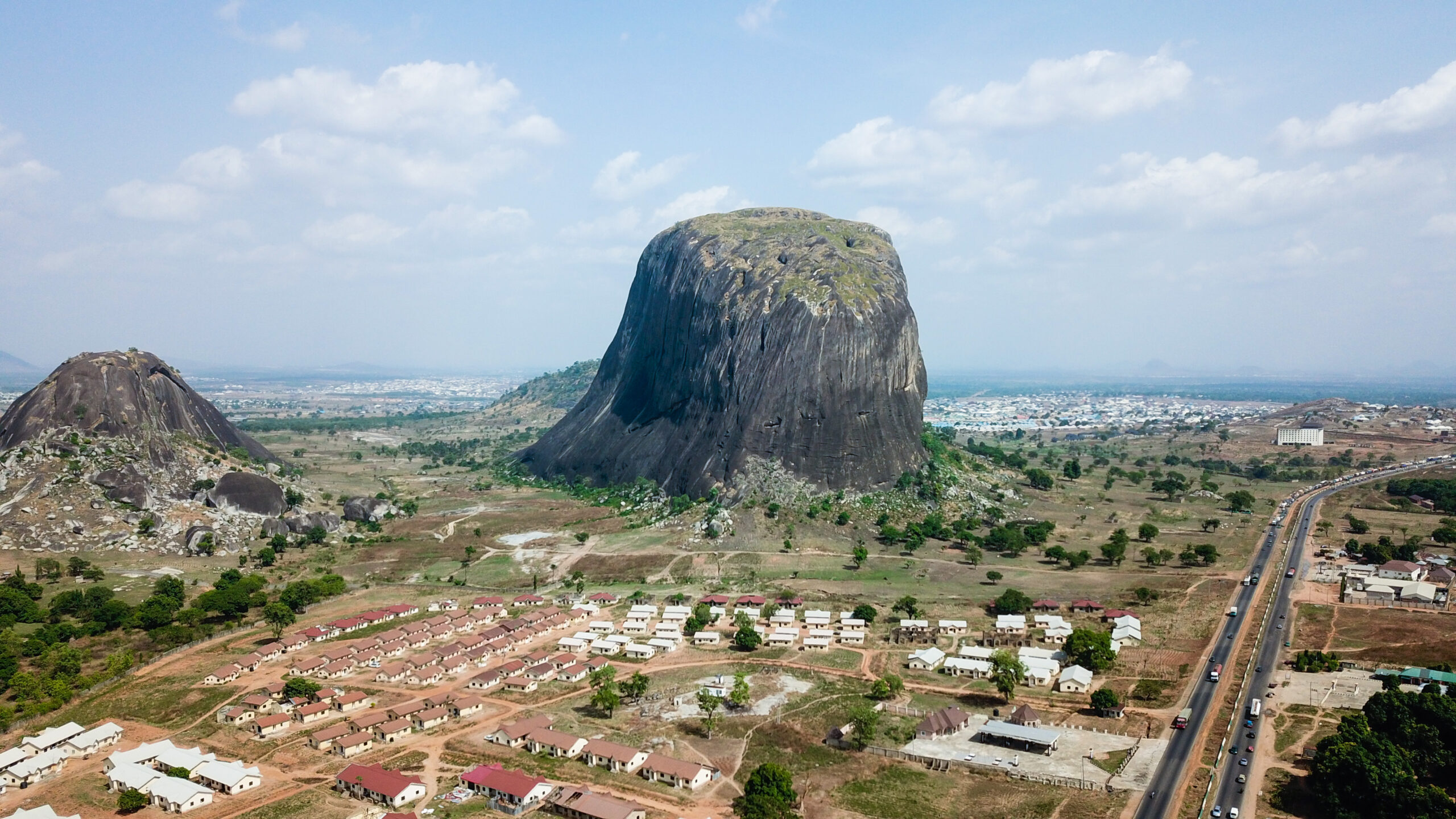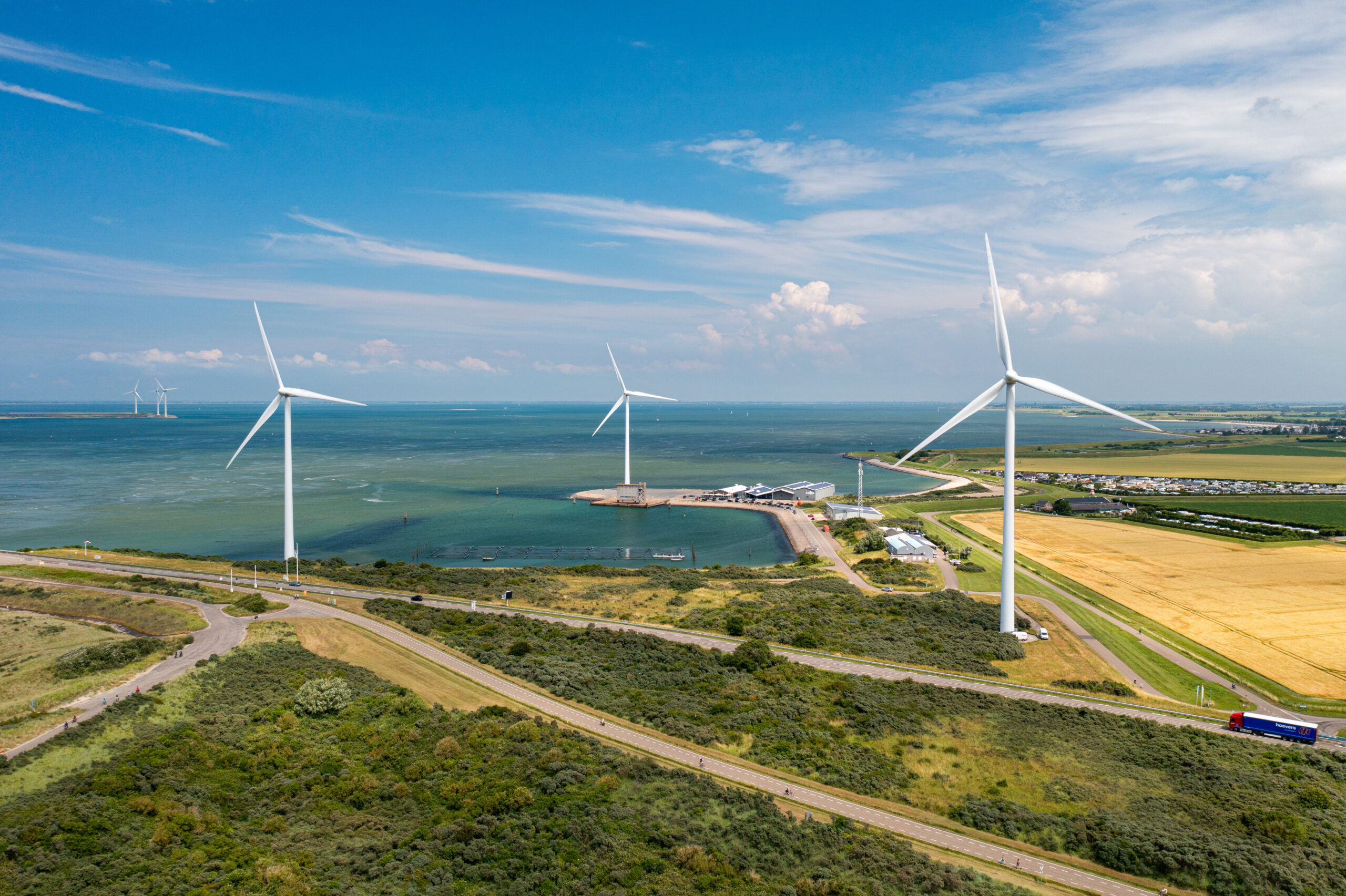Nigeria’s Shiroro solar-hydro project will aid energy transition: experts
The Nigerian government has signed a joint venture for Shiroro Generating Company’s 20 MW solar-hydro hybrid project. Experts say the project will aid the energy transition and foster renewable energy growth.

The Nigerian government has signed a joint venture agreement to establish the Shiroro Generating Company, Nigeria’s pioneering 20 MW on-grid solar-hydro hybrid project.
The agreement was signed between the Nigeria Sovereign Investment Authority (NSIA) and North South Power (NSP) Company Ltd. Shiroro Generating Company is a joint venture project between the NSIA and NSP, investing in a pioneering 20 MW solar-hydro hybrid project in Shiroro, Niger State.
Nigerian Vice President Kashim Shettima said the nation’s energy transition journey and resolve to embrace clean and renewable energy solutions remain on track under President Bola Ahmed Tinubu’s administration.
According to the agreement, the 20 MW pilot project (phase 1a) is embedded within a larger 300 MW solar programme to be co-located within NSP’s existing 600 MW Shiroro Hydroelectric Power Plant concession area, also in Shiroro, Niger State.
The Minister of Power Adebayo Adelabu said the initiative aligns with his ministry’s critical priorities in increasing energy output and diversifying into renewable energy. He said the project is expected to attract additional capital and utilise the country’s abundant renewable energy resources, noting that it is a testament to the potential partnership to ensure sustainable development.
The Managing Director and CEO of NSIA, Aminu Umar-Sadig, said the partnership “will deepen Nigeria’s clean energy portfolio, create jobs, and re-affirm our dedication to energy efficient solutions as a lever for socio-economic development. It further exemplifies NSIA’s role as a catalyst for positive change, steering Nigeria towards a more sustainable future.”
Solar energy
Dr Ayodele Oni, a partner at Bloomfield Law Practice, told Gas Outlook that considering the project size and the broader 300 MW solar programme, the 20 MW pilot project is indeed significant as a test run for deploying solar energy into Nigeria’s national grid.
“Once the 20 MW pilot project is established, it will also aid the Federal Government of Nigeria in highlighting possible lapses and challenges which may be encountered in the process of establishing hydro-solar and other similar renewable energy projects in the future, thus paving the way for the deployment of renewable sources towards electricity generation in the country. This is a step towards achieving the Nigerian energy transition plan whilst also promoting sustainable and efficient energy supply in the country.”
Bayode Akomolafe, Global Programme Manager at FieldCore, an industrial field services company that is part of GE Vernova, told Gas Outlook that developing a grid-connected solar plant alongside an existing hydropower infrastructure is a new step in the Nigerian Electricity Supply Industry (NESI). He said the land around the plant can be utilised to increase generation capacity from a system with zero fuel cost.
Akomolafe noted that the existing transmission and distribution infrastructure can be used for power evacuation; hence, there is no need for additional power transmission and distribution infrastructure costs.
“The balance of plant systems can be shared to reduce further capital and operation costs, including workshops, procurement services, management and administrative support services, warehousing, technical support, etc. This hybrid framework provides a very viable return on investment. This renewable energy system aligns with Nigeria’s Energy Transition Plan. It offers a template for developing, constructing and operating hydro-solar and gas-solar hybrid plants, which can also be further improved based on lessons learned and intentional collaboration.”
Diversification
Nigeria currently has a potential of 12,522 MW of electric power from its existing plants and is typically able to supply only about 4,000 MW. Nigeria’s electricity demand rate was recorded at about 32 terawatt hours as of 2022. This implies that the country needs a generation capacity of over 30,000 MW to meet the current electricity demand.
Dr Oni said Nigeria has recognised the need to transition to cleaner energy sources by setting a target to reach net zero emissions by 2060. In light of this, he said the meagre level of electricity generation from renewable energy sources leaves much to be desired.
“It is thus envisaged that the success of the project will further draw the attention of investors to the potential of renewable energy as sources for generating electricity in Nigeria, thus ensuring the advancement of Nigeria’s energy transition plan and promoting sustainable and efficient energy access in the country.
“Public-private partnership is a crucial tool towards the development of the Nigerian power sector. Whilst the 20 MW project is commendable, strategic partnerships and collaborations with stakeholders are required to ensure that the project is delivered within the timelines allocated.”
Akomolafe believes the project would help open the way for developing large-scale solar power systems, especially in northern Nigeria, where there is high irradiation, which is important for solar PV power generation systems. He further said with many power plants in Nigeria having unused expanses of land, this project can be an eye-opener for these power plants (including thermal plants) to start a process of hybridisation of the generation.
“Even at a small-scale (20 MW) across all power plants, a hybrid set-up can increase generation capacity by about 600 MW, considering Nigeria has about 30 generating power plants across all technologies. The modularity of solar power projects provides an excellent opportunity to start small with relatively small capital expenditure, learn and scale up in the future. The execution of this type of project will instil some confidence in stakeholders on the NESI’s readiness for integration of large-scale solar power generation into the national grid.”
Delivery and operation
Akomolafe said that while the project development and design are currently unclear, its success requires extensive collaboration with the Transmission Company of Nigeria to ensure that system operation is faultless with the addition of this solar system, which is intermittent, hence requiring an additional level of system operation. He also said collaboration is critical in engaging the local communities to ensure their needs are met, and their impact on their daily lives is minimised.
“As highlighted earlier, successful resource sharing and risk mitigation will benefit from intense collaborations for project financing and profitability. Integrating two distinct technologies will also require substantial technical collaboration to support hitch-free engineering, development, construction, and operation.
“Capacity building through training and development programmes can also be enhanced through collaboration. This may include training the staff of existing hydro plants on the operations, maintenance, and management of solar PV systems for effective and optimal human resource sharing.”
Dr Oni said one of the many problems infrastructure projects often face is the inability to meet project deadlines. He said strategic collaborations with different stakeholders, such as donor agencies and financiers, can help pool resources to ensure the timely achievement of the project.


